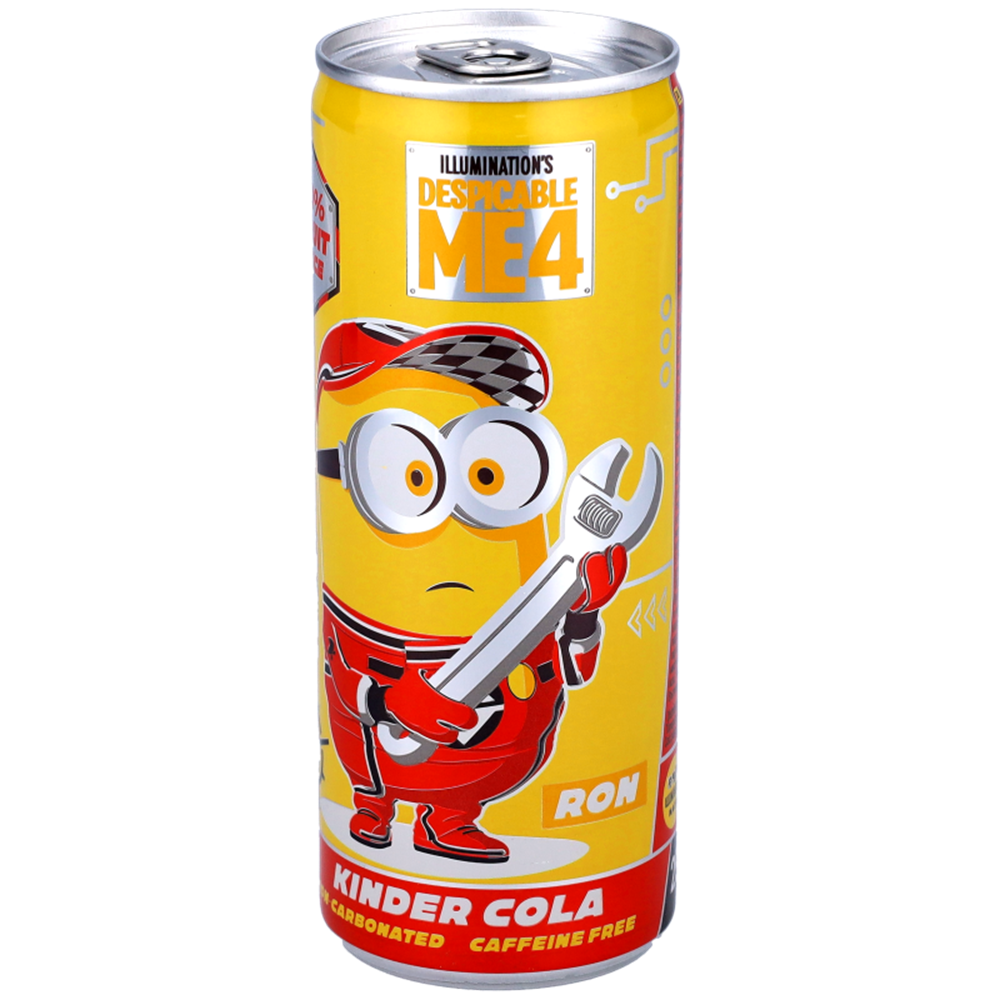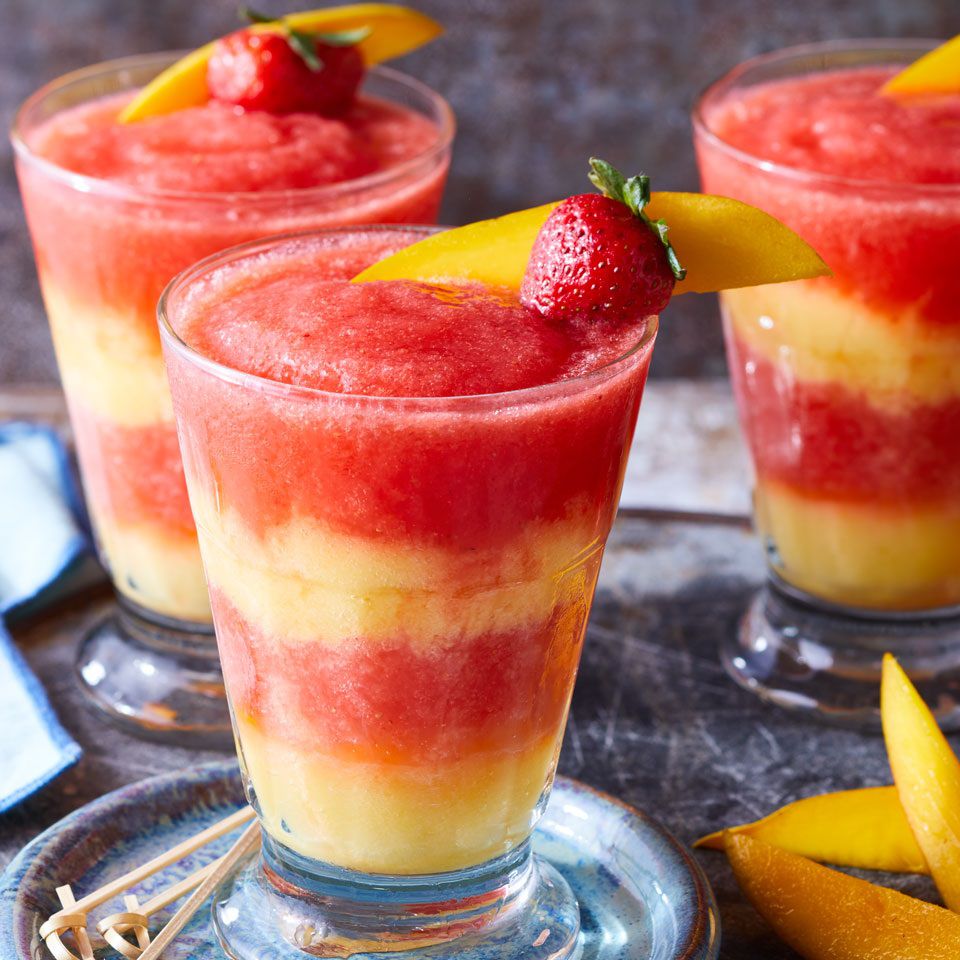The Draw of Energy Drinks: Trends and Consumer Appeal
Kid friendly energy drinks! Energy drinks catch the eye with vibrant cans and bold logos. These drinks often feature in flashy ads and get endorsements from celebrities. This makes them very popular, especially among the younger crowd. Trends show that many influencers promote these beverages, adding to their appeal. The packaging often hints at enhanced performance and greater energy, which attracts the active youth. Social media also plays a significant role. Here, influencers share their experiences with energy drinks, making them seem desirable to their young followers. The appeal of these products lies not just in the promise of energy but also in their trendy, ‘cool’ image.

Health Risks Associated with Energy Drinks for Children
The appeal of energy drinks to kids is undeniable, but so are the risks. Such beverages pack high caffeine and sugar amounts, posing dangers to young consumers. Safe alternatives exist that fulfill kids’ hydration and nutritional needs without these risks.
Caffeine Content and Its Dangers
Energy drinks often contain caffeine levels not suitable for children. For example, some drinks have as much caffeine as two cups of coffee. The American Academy of Pediatrics advises against caffeine for children under 12. Too much caffeine can cause insomnia, jitters, headaches, and even heart issues. Even teens should limit caffeine to less than 100 milligrams daily—much less than many energy drinks hold.
Kids and teens have bodies still growing, and caffeine can affect them more than adults. Parents should teach kids about these dangers. They should know that energy and alertness come from proper sleep and diet, not from a can.
Added Sugars and Health Implications
Apart from caffeine, these drinks often have a lot of added sugars. Excess sugar can harm young bodies, leading to energy spikes and crashes. It can also contribute to long-term health issues like diabetes and obesity. Healthy eating habits are key, and parents play a vital role in setting them.
It’s not just about the immediate sugar rush, either. Ongoing consumption of sugary drinks can lead to a preference for sweet tastes. This can make choosing healthy options harder as kids grow. Clear guidelines from health authorities like the American Academy of Pediatrics help in limiting added sugars in kids’ diets.

Safe Alternatives: Hydration and Nutritional Needs for Kids
Finding safe drinks for kids is crucial. Energy drinks are risky for young bodies. Natural options provide hydration and meet nutritional needs without the dangers.
Benefits of Water and Natural Hydration Options
Water is the best choice for kids to stay hydrated. It’s free from caffeine and sugar. Water can be fun too. Try adding fruit slices or herbs for flavor. Other options include coconut water and herbal teas. They are low in calories and free from harmful additives.
Milk is another good choice for young children. It offers calcium and vitamin D. These help in building strong bones. For older kids, diluted fruit juices are okay. But be careful with the amount. It should be small. It’s best to pair it with a meal to balance the sugar intake.
Nutrient-Dense Snacks for Energy and Recovery
Snacks rich in nutrients give kids lasting energy. Think whole fruits, nuts, and yogurt. They are better than processed snacks and energy drinks.
For active kids, choose snacks that refuel energy. After sports, mix carbs and protein. This helps muscles recover. Examples include apples with peanut butter or a cheese stick with whole-grain crackers.
Always read labels before buying snacks. Look for ones with lower sugar and no added caffeine. Teach kids to pick these healthier snacks themselves. It helps them form good habits for the future.
Understanding Labels: What to Check Before You Buy
When purchasing beverages for your kids, understanding labels is crucial. Here’s what you should look for to ensure safety:
Key Ingredients to Monitor
Always check for caffeine and sugar content first. Energy drinks may also contain other stimulants like taurine and guarana, which can be harsh on young bodies. Also look out for artificial colors and preservatives, as these can add unnecessary chemicals to your child’s diet.
Nutritional Information
Next, assess the nutritional information. Look for items like calories, fats, and protein. Prefer drinks that are low in calories and sugars but can provide some nutritional value, like natural juices that offer vitamins.
Serving Size
Serving sizes on labels can be misleading. What might appear as one serving could actually be two or three. This is especially true for energy drinks designed to consume in multiple servings. Teach your kids to recognize realistic serving sizes to avoid overconsumption.
Certifications and Seals of Approval
Check for any certifications that back up health claims. Labels like ‘USDA Organic’ or ‘Non-GMO Verified’ verify some safety aspects regarding ingredients used. These can guide you towards safer choices.
In sum, being vigilant about reading labels can prevent unintentional consumption of harmful substances. Teach your kids these skills so they can make healthier choices independently.
:max_bytes(150000):strip_icc()/4970444-f6fc209ffff740dba13f4414f8328273.jpg)
Guidelines and Recommendations from Health Authorities
Navigating the landscape of child nutrition is complex. That’s where health authorities step in. Groups like the American Academy of Pediatrics (AAP) provide guidelines to protect children’s health.
American Academy of Pediatrics on Caffeine
The American Academy of Pediatrics takes a firm stance on caffeine for kids. They say children under 12 should not consume it. They recommend teens limit caffeine to no more than 100 milligrams per day. This is much less than many energy drinks contain.
Their guidance is based on how caffeine can harm young, growing bodies. Too much can lead to sleep problems, nervousness, and heart issues. It’s important for parents to know these risks. They can then guide their kids toward safer choices for energy and hydration.
With this advice in mind, families can navigate the drinks aisle safely. They can choose options free of caffeine and full of natural goodness. This helps kids stay healthy and energetic the safe way.
Educating Children About Beverage Choices
Educating children about their drink choices is crucial. As a parent or caregiver, you play a vital role in guiding them toward healthier options and steering them away from harmful choices like energy drinks. Often, these beverages attract young consumers with their eye-catching advertisements, but they conceal significant health risks beneath their vibrant exteriors.
By engaging in open conversations about drink options, you can empower your children to make informed decisions. For instance, you can explain the potential dangers of energy drinks, which typically contain high levels of caffeine and sugar. Instead of enjoying refreshing and healthy beverages, like water or natural fruit juices, many young people find themselves lured in by the colorful packaging and promises of increased energy.
Moreover, it’s essential to connect the dots between their choices and overall health. You might say, “When you choose energy drinks, you might feel a quick boost, but that can lead to a crash later on.” This way, you’re not only providing information but also helping them understand the consequences of their actions.
Additionally, encourage your children to explore fun alternatives. Together, you could experiment with making smoothies or infused waters, showcasing that healthy drinks can be both delicious and enjoyable.
In conclusion, your proactive involvement in discussing and promoting healthy drink choices empowers children to navigate their options wisely. By highlighting the allure of energy drinks while emphasizing healthier alternatives, you help them cultivate habits that support their long-term well-being. With your guidance, they can learn to make better choices and steer clear of products that could harm their health.
How to Discuss Energy Drink Risks with Your Kids
Start conversations about energy drinks early. Explain that these are not regular drinks but contain substances like caffeine and sugar, which can be harmful. Show them how to read labels and identify harmful contents. Discuss the negative effects of caffeine, such as jitters and sleep issues. Use examples they understand, like feeling too hyper or not being able to sleep after a busy day.
Encourage questions from them about any drink before they try it. Help them make healthier drink choices, like water or natural juices, which support their growth without harmful effects. Also, stress the importance of moderation even with healthier drinks. Adopting these practices helps kids make better decisions on their own as they grow.
